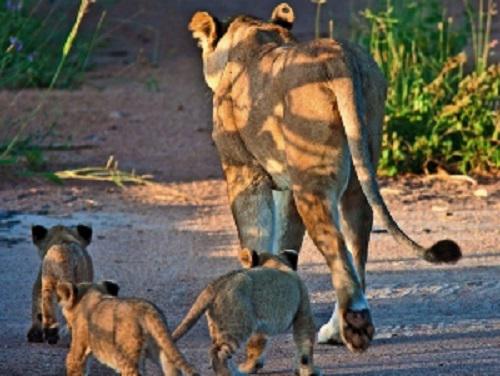Amelia Dickman
The aim of the project is to reduce conflict between humans and large carnivores in Tanzania’s Ruaha landscape by improving the cost-benefit ratio of carnivore presence on village land.
/a8348b6fb4739584eda9f5f2ec8711cb.jpg)
The Ruaha landscape, in central Tanzania, is globally important for large carnivores – for instance, it supports perhaps 8.5% of all the lions remaining in sub-Saharan Africa, as well as one of the last remaining viable populations of African wild dogs in the world. It also supports internationally important populations of cheetahs, leopards and spotted hyaenas, and is a priority area for large carnivore conservation in Africa.

However, there is intense, increasing conflict between large carnivores and local people in the Ruaha landscape, which results in people shooting, spearing and poisoning threatened carnivores. This conflict is mainly due to livestock depredation (often due to poor livestock husbandry), but is also fuelled by a lack of alternative income sources apart from livestock, little knowledge about carnivores, incorrect identification of the causes of livestock death, and few tangible benefits from wildlife presence. This project is focused upon improving the benefits and reducing the costs of carnivore presence on village land in the Ruaha ecosystem.
We are doing this by providing conservation-related training and employment for ‘carnivore monitors’ in each of the 21 local villages. These monitors visit other households with the aim of reducing conflict and carnivore persecution, by educating people about carnivores and kill identification, and training them in the best methods for reducing livestock depredation. This empowers local people to better protect their livestock from predators, therefore reducing both the level of livestock depredation, and the level of retaliatory carnivore killing. Furthermore, improved kill identification enables local people to determine exactly which predator is causing any problems, and therefore employ the most appropriate livestock husbandry techniques to reduce the chance of repeat attacks. The project provides significant employment in the local area, and helps people safeguard their livestock, which are critically important household assets. These actions are helping to reduce the costs and increase the benefits of large carnivore presence in the Ruaha area, which should substantially improve the situation both for people and predators in this globally important area.